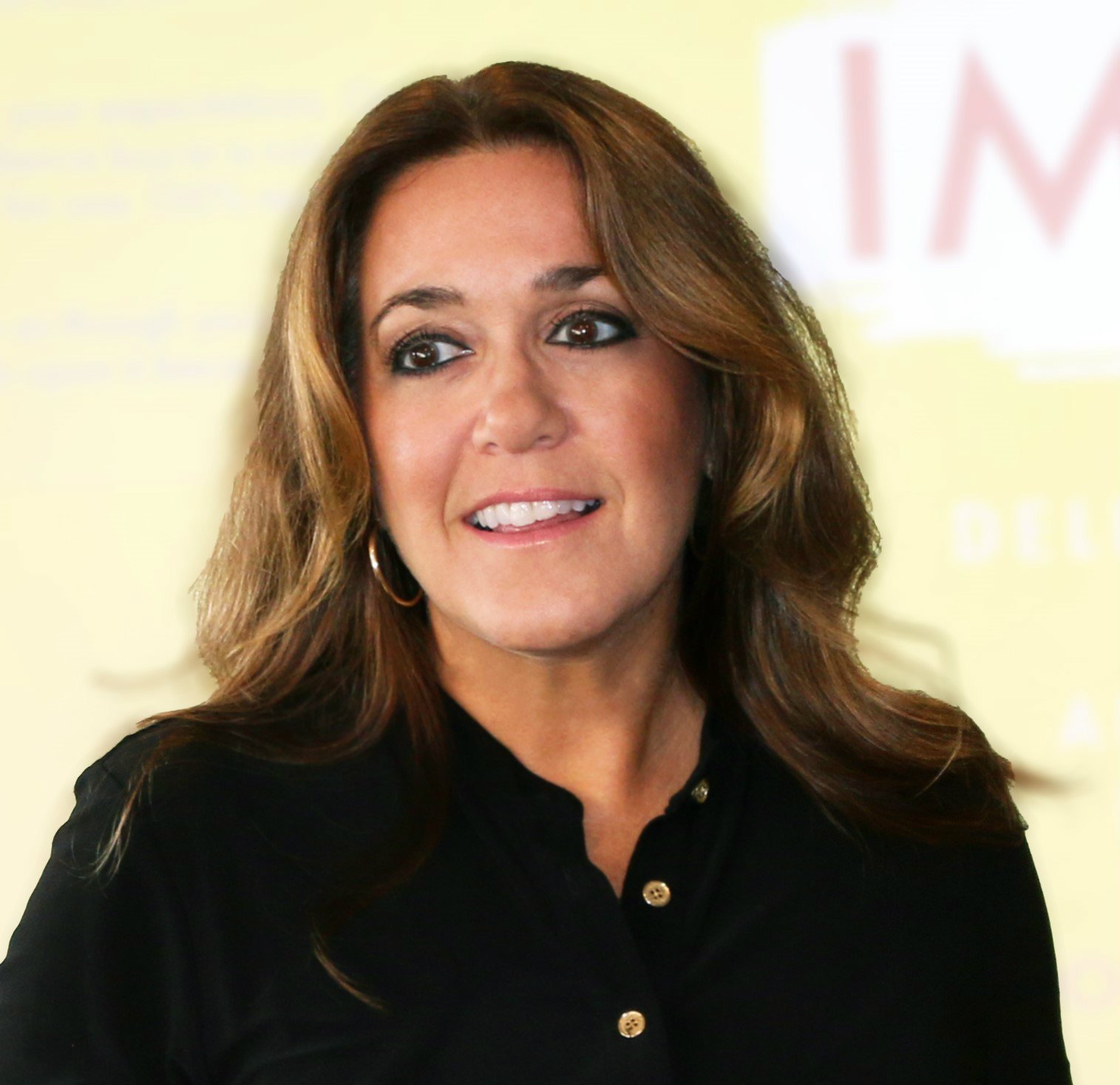Focus on the ROR rather than the ROI not only kept Mid-Atlantic Events Magazine in the game, but also enabled it to thrive at a time when a significant number of businesses downsized or shuttered.
Since founding his hospitality trade magazine in 1987, return on relationships (ROR) has always been Jim Cohn’s goal. I reached out to him recently to find out how he was weathering the storm that brought the world to a grinding halt, especially the hospitality industry. “I don’t like the P-word,” Jim told me, referring to pivot (shh...), “instead, we adapted.” According to Jim, a full 90-percent of his clients and partners remain operational because they adapted, too.
Unfortunately, that was not the case industry-wide, despite herculean efforts. Adapting, adjusting, and navigating ever-changing—often authoritarian—edicts certainly was not easy and took a toll on entrepreneurs, the very engine that drives this Republic’s economic wheels.
Leaning into ROR made all the difference for Jim and it can for you, too. A deeper dive into Jim’s background reveals why focus on ROR is second nature to him. You might say he was seeped in it from an early age. That does not mean the rest of us cannot adopt this modus operandi, but it may require deliberate practice.
The Apple Doesn’t Fall Far
In the 1950s, Jim’s father took a risk. Fred Cohn left his position with a stationery supply company and began to offer a service to Philadelphia radio stations. Fred produced a weekly music survey that music stations could customize with their logo and distribute to record stores and other retailers. Consumers could grab their favorite radio station’s weekly Top 30 in the form of a small leaflet at almost any checkout counter. “We had accounts with all the big stations: WIBG, WPEN, WHAT, etc.,” Jim said.
In the mid ‘70s, Fred Cohn Associates was asked to assist Mike Lenet in launching Shadow Traffic, an entity near and dear to my heart. Fred’s company created and printed maps for the traffic service. Yes, the use of paper maps was prevalent and remained so for two decades. Remember, this was pre-internet. Using advertising trade, the broadcast business also started a dining club in Cherry Hill. Clearly, Fred had a healthy entrepreneurial spirit. Jim is wired the same way, as you will see.
Having worked with his father and Philadelphia’s beauty scholarship pageant, Jim’s networking circles opened the door to relationships with a number of local celebrities like NFL great Ron Jaworski and the Flyers’ Broad Street Bullies. Together this posse began to organize social events in the Philadelphia tri-state. Jim recognized the need to chronical and promote a calendar of events, thus the idea for Events Magazine was born. The first issue was distributed in 1987 and included more than just a calendar. It was a resource for any entity that touched the hospitality industry—venues, service providers, event planners, consumers, etc.
In the early years, Jim’s group created and executed memorable events such as: Ham Ball on the Spirit of Philadelphia, sponsored by Honey Baked Ham and featuring a who’s who of sports and local celebrities; Taste and Tour of the Countryside, which ran nearly two decades; Iron Chef competitions; and more.
“We helped a lot of destinations promote themselves,” Jim said, referring to his staff and family. Like Fred Cohn Associates, Mid-Atlantic Events Magazine is a family affair. Fred was involved until his passing in 2006 and mom remained active until her passing in 2014. Today, Jim’s wife plays an integral role in the background and it is not unusual to see his children at events.
In the ‘80s, Focus Magazine was the only apparent trade publication semi-devoted to hospitality. Because it only touched on hospitality about once a year, some of its content would be outdated by the time it reached consumers. “I never wanted to be a big magazine,” Jim said. He wanted to focus regionally, being the go-to resource for the industry. Jim is committed to working closely with advertisers, so that together they become more entrenched in the community. Some of his longtime sponsors are not even under contract.
“It’s not about the profitability; it’s about the relationships.”
Jim’s wisdom would pay huge dividends in ensuing years.
The St. Patty’s Day Massacre
Understanding how Jim’s business acumen was cultivated, it stands to reason that he would adapt when the rug was pulled out from beneath everyone.
“We call March 2020 the St. Patty’s Day Massacre,” he said. That is when things came to a halt, especially in hospitality. Jim’s organization immediately took to video messaging, creating #hospitalityready. They captured representatives from venues across the five-county region saying, “We’re ready for you.” The video got a lot of play but was a bit premature. Jim wanted to get ahead of re-openings but did not anticipate the shutdowns would last as long as they did.
Jim also kept a line of communication open to the industry and consumers via the Ask Jim feature on his web portal. In doing so, he learned that the users preferred receiving the magazine digitally. This revelation combined with post office disruptions made the decision to go digital easy beginning with the May/June 2020 issue.
Ever-changing rules and guides were the big killer. Every time the hospitality industry thought the end was near, a new edict would be handed down that would not only force closures and cancelations, but also cost thousands in wasted inventory and PPE. Adding fuel to the fire, it became increasingly difficult to find employees and remains so today. Many left the industry for another field or to collect government monies. Jim has no explanation as to why the hospitality industry was targeted but he said it is one of the easiest for government to control because of the licensing and inspections involved.
As a result of the tumult, many in the industry bonded. “[Industry leaders] backed each other. We were in the same ocean but on different boats. We were on calls several times a week trying to help businesses cope,” Jim said.
Some politicians were also looking for answers and met with hospitality industry leaders who traveled to Harrisburg. Jim noted that neither Governor Wolf nor Dr. Levin, Pennsylvania Health Secretary, attended the meetings. As if their lack of accessibility was not disappointing enough, the hospitality industry took a couple more blows when Governor Wolf vetoed legislation to ease restrictions and when the media failed to interrogate local leaders about the emotional and economic hardships affecting the industry. Former Philadelphia Health Commissioner Dr. Thomas Farley is a prime example; he gave a number of televised interviews during which he received only softball questions from reporters and anchors.
Restaurants and the private events sector were hit hardest. There was no clear plan for moving beyond this fiasco. When things began to reopen, “there were no incentives from the government to attract people, such as free parking or easier transportation,” Jim said.
Restaurants got creative with their limited space, takeout options, and hours of operation just to keep their doors open and their employees working. Many business owners sacrificed their own salaries. Ironically, it was restaurateurs who were first to help out, providing meals to first responders and others. “That’s why we’re called the hospitality industry,” Jim noted.
Jim and others would like to see big box retailers who, unlike Ma & Pa retailers, were given a hall pass to do business step up and sponsor hospitality events.
What’s Next?
Over the past 18 months, Jim has made himself widely available for conversations, and the format evolved into Dinner with Jim. Each month, Jim gathers with about ten hospitality professionals, usually partners and advertisers, at a different location to discuss best practices as a Think Tank. He does this with specific audiences, such as event planners, and with a broad consortium of industry specialists. “People are shy about asking questions at large conferences,” Jim said. “This format provides an opportunity to discuss business candidly.”
In addition to the Think Tanks, Jim offers clients the opportunity to explore new venues through Dine Arounds, where a group will visit as many as five restaurants in one evening, similar to a food tour. On a grander scale, he has organized Fam Trips (familiarization trips) to introduce planners to destinations.
Jim considers himself a buffer for the destinations. His followers and readers trust they are not going to be met with a hard sell when they visit new venues. “I present rather than sell,” he said. He’s been doing this for about 20 years and finds these excursions particularly important now because people are looking for drivable destinations. “Our core market is basically within a 150-mile radius of Philadelphia.”
As for events, Jim’s team is conducting boutique affairs that allow people to gather and socialize comfortably. Such special events will remain in place until the all-clear is given to bring back large events and trade shows, which need to come back “because of the trickle effect on smaller businesses like florists, lighting and sound companies, entertainers, cleaning services, etc.”
Jim has not missed one day of work because of the pandemic and shutdowns. “We continued to educate readers about event planning and hospitality,” he said. “I’ve been busier than ever because of the changing landscape.” Jim said that because of pent-up demand, business came back immediately when restrictions were eased this past spring.
There seems to be a pent-up demand for camaraderie at the professional level, too. When Jim opened his office to clients and readers who needed a place to work, some came to use a desk, others came just to talk. “People appreciate the one-on-one,” Jim said. “A lot are tired of video conferencing.”
As always, Jim will continue to place his efforts on relationship building, which has always provided a return. Rather than targeting visitors from around the country, Mid-Atlantic Events Magazine’s immediate focus is on attracting from within the region.







